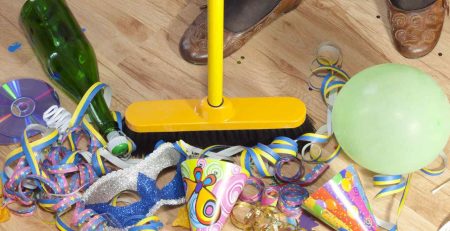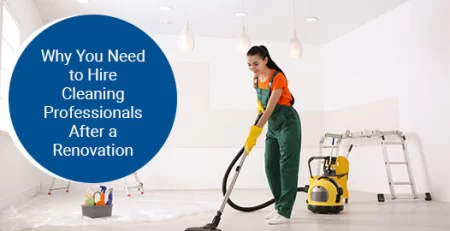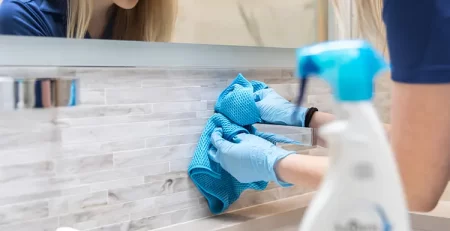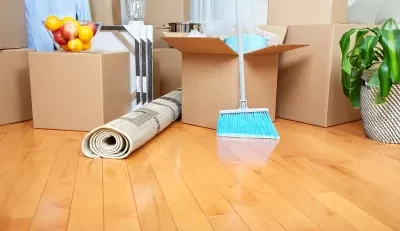Hidden Areas Often Overlooked in Move Out Cleaning
Embarking on the journey of move-out cleaning entails more than just sweeping visible surfaces. It involves a meticulous exploration of often-neglected areas, where dust and grime accumulate unnoticed. From the concealed spaces behind appliances and within cabinets to the forgotten corners of window tracks and light fixtures, each nook holds the potential to either mar or enhance the overall cleanliness of a space. This introduction sets the stage for a comprehensive examination of these hidden realms, emphasizing the importance of a thorough approach to move-out cleaning for a truly impeccable transition between occupants. This process extends beyond mere tidiness, diving into the depths of baseboards, ventilation systems, and garage spaces. It’s a journey that uncovers the significance of addressing not just what meets the eye but what remains unseen. By delving into these forgotten areas, the move-out cleaning becomes a meticulous choreography, ensuring a home’s every facet is presented in its best condition. As we delve into each often-overlooked corner, the narrative unfolds, highlighting the care and attention required to leave no stone unturned. The journey into these hidden spaces is not just about cleanliness but about leaving behind a pristine canvas for the next chapter in the life of a living space.
Unveiling the Unseen: A Comprehensive Guide to Hidden Areas in Move Out Cleaning
Embark on a meticulous cleaning journey with ‘You’ve Got It Maid‘ as we unveil the often-overlooked corners, ensuring every inch of your space receives the care it deserves in the move-out process.

Neglected Nooks and Crannies:
When conducting a move-out cleaning services, it’s crucial to pay attention to the often-neglected nooks and crannies that accumulate dust and dirt over time. These hidden spaces may include the corners of rooms, behind furniture, and underneath appliances. Dust tends to settle in these areas, and a thorough cleaning ensures that no remnants of the previous occupant’s stay are left behind. Use a combination of microfiber cloths, dusters, and appropriate cleaning solutions to reach into these tight spaces, leaving no stone unturned in your quest for a pristine living environment.
Ventilation Vexations:
Home ventilation systems play a vital role in maintaining air quality, and yet, they are commonly overlooked during move-out cleanings. Clearing air ducts and replacing filters is essential to ensure that the next occupants breathe fresh, clean air. Over time, dust and debris accumulate in the ducts, hindering the system’s efficiency and potentially circulating allergens. Addressing ventilation concerns not only contributes to the overall cleanliness of the space but also supports a healthier living environment for the next residents. Regular maintenance of these often unseen components is a small yet impactful step in leaving a lasting positive impression after vacating a property.
Baseboard Blues:
Baseboards, though often ignored, are integral to the overall appearance of a living space. During a move-out cleaning, take the time to address baseboard detailing. These low-lying features accumulate dust, pet hair, and other debris that can mar the cleanliness of a room. A thorough cleaning using a damp cloth or appropriate cleaning solution not only enhances the aesthetic appeal of the space but also ensures that every inch is immaculate, leaving no room for potential disputes during the inspection process.
Cabinet Conundrums:
Cabinets are frequently used storage spaces, and it’s easy to forget to clean both inside and behind them during a move-out. Emptying cabinets and wiping down shelves, as well as cleaning the often-overlooked space behind them, ensures that no lingering crumbs or spills are left behind. This attention to detail contributes to a comprehensive move-out cleaning, leaving the next occupants with a fresh and hygienic start.
Light Fixture Lamentations:
Light fixtures, including chandeliers, pendant lights, and ceiling fans, are often neglected in the cleaning process. Dust can accumulate on bulbs, shades, and blades, affecting both the quality of light and the overall cleanliness of a room. Taking the time to dust and clean these fixtures not only brightens up the space but also eliminates potential allergens that might have settled there over time.
Window Woes:
Window tracks and sills are notorious for collecting dirt and grime. During a move-out cleaning, pay special attention to these areas. Use a vacuum or a small brush to remove loose debris, followed by a thorough wipe down with a damp cloth. Clean windows contribute to a brighter and more welcoming atmosphere, and addressing the often-neglected tracks and sills ensures a complete and polished result.
Forgotten Floors:
Carpets, tiles, and hardwood floors are high-traffic areas that can accumulate dirt, stains, and odors over time. A deep cleaning, depending on the flooring type, is essential during a move-out. Carpets may require steam cleaning, while hardwood floors benefit from polishing. Tiles should be scrubbed to remove any grout stains or accumulated dirt. Paying attention to these forgotten floors not only enhances the visual appeal of the space but also ensures that the next occupants step into a clean and well-maintained home. Gain valuable insights into the intricacies of move-out cleaning quotes and estimates, unraveling the details that define a comprehensive service, while also delving into the often overlooked hidden areas that demand meticulous attention during the move-out cleaning process.
Appliance Abyss:
Behind and under appliances is an often-neglected space in move-out cleaning. Refrigerators, stoves, and dishwashers can accumulate spills, crumbs, and even mold in these hidden areas. Pulling out appliances and cleaning both the surfaces and the surrounding floor not only contributes to a hygienic environment but also prevents potential issues such as unpleasant odors or pest infestations. It’s a step that goes beyond mere surface cleaning, demonstrating a commitment to leaving the property in top-notch condition.
Garage Grief:
The garage is frequently treated as a storage space, and its cleanliness can be easily overlooked during a move-out. Clearing out clutter, sweeping the floors, and addressing any oil stains or spills contribute to an overall well-maintained property. Pay attention to corners and shelves where dust and debris may accumulate. A clean and organized garage adds to the property’s overall appeal and leaves a positive impression on the next occupants.

Exterior Neglect:
Outdoor spaces and entryways are the first impression of a home. During a move-out cleaning, don’t neglect these areas. Sweep walkways, remove cobwebs, and clean the exterior of windows and doors. Pay attention to any landscaping features, ensuring that the yard is tidy and well-maintained. This final touch extends the overall cleanliness beyond the interior, leaving the property looking inviting and well-cared-for from the outside in. It’s a step that completes the move-out cleaning process, ensuring a comprehensive and thorough transition for both the current and future occupants.
FAQ’S
- Why should I clean behind appliances during a move-out?
Cleaning behind appliances eliminates hidden dirt, preventing odors and potential pest issues. It ensures a thorough and hygienic environment for the next occupants.
- Do I really need to clean window tracks and sills?
Yes, cleaning window tracks and sills is crucial. Dust and grime in these areas not only affect the cleanliness but also impact the overall appearance and functionality of windows.
- What’s the importance of addressing ventilation systems during move-out cleaning?
Cleaning ventilation systems, including ducts and filters, improves air quality, providing a healthier living environment for the next residents. It also enhances the efficiency of the HVAC system.
- Should I worry about baseboards in move-out cleaning?
Absolutely. Baseboards accumulate dust and debris, impacting the overall cleanliness of a space. Cleaning them enhances the visual appeal and ensures a thorough move-out process.
- Is cleaning behind and under cabinets necessary?
Yes, cleaning both inside and behind cabinets is essential. It removes any lingering spills or crumbs, leaving the cabinets in a pristine condition for the next occupants.
Conclusion
In conclusion, move-out cleaning goes beyond the obvious surfaces, necessitating meticulous attention to hidden areas for a truly comprehensive result. Addressing neglected nooks, ventilation systems, baseboards, and cabinet interiors ensures a pristine environment for incoming occupants. Overlooking spaces like window tracks, light fixtures, and beneath appliances can compromise the overall cleanliness and functionality of a space. A thorough move-out cleaning, including the garage and exterior, guarantees a positive first impression and sets the stage for a seamless transition between occupants. By investing effort into these often-forgotten spaces, one not only maintains the property’s value but also fosters a sense of consideration and responsibility for the next residents. Moreover, focusing on baseboard detailing, appliance areas, and forgotten floors contributes to the aesthetic appeal and hygiene of a property. Tackling the often overlooked garage space completes the holistic cleaning process, showcasing a commitment to leaving no corner untouched. From addressing cabinet conundrums to dealing with window woes, each meticulous step ensures that no remnants of the previous inhabitants linger, fostering a sense of care and respect for the living space. In essence, hidden areas play a pivotal role in the overall success of a move-out cleaning, transforming it from a routine task into a thoughtful and considerate gesture for the next individuals who call the space home.











Leave a Reply